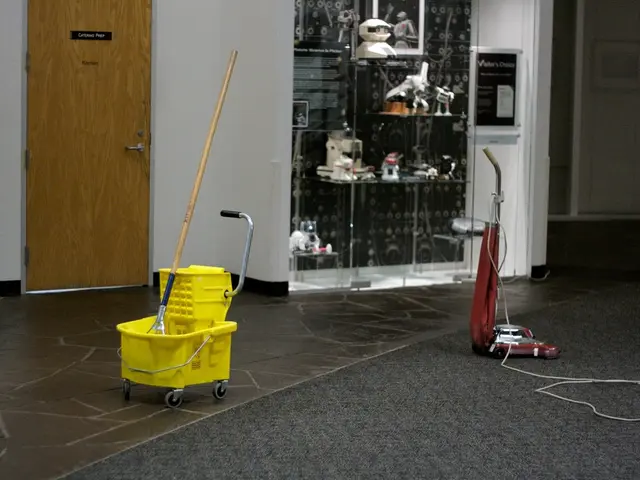"Fascination Unveiled": Rod Prazeres' Astrophotography Voyage through the Cosmos
Hey there! Let's dive into the cosmos with Rod Prazeres, an Aussie astrophotographer on a stellar journey.
Who are you and what's your focus in astrophotography?
Meet Rod Prazeres, a Brisbane-based astro-whiz with a passion for exploring the mysteries of nebulae and supernova remnants. He's into deep-sky astrophotography, using narrowband filters to unlock hidden structures and vibrant color palettes invisible to the naked eye.
What's your planning process?
Before capturing those breathtaking images, Rod interlocks moon phases and target visibility into his strategy. He curates ideas and gather inspiration from Astrobin and various framing possibilities. Although most of his work focuses on narrowband data, he ventures into full LRGB targets during extraordinary dark-sky, no-moon scenarios.
What gear do you use?
From the 90s Celestron Ultima 91⁄4" SCT that taught him the ropes, to his current tools, each piece of equipment has contributed to his growth as an astrophotographer. Now, he wields two rigs, the Askar 130PHQ for high-res imaging, and the William Optics RedCat 51 II for widefield captures. Both are equipped with the ZWO ASI2600MM Pro monochrome camera and Antlia 3nm narrowband filters for star color. For guiding, he uses the ZWO Mini Guide Scope and the ZWO OAG-L for the Askar.
What do you use for post-processing?
In PixInsight, Rod follows a structured workflow, composing intricate scripts to process data meticulously, preserve quality, and boost visual impact. Steps range from calibration, plate-solving, and noise reduction, all the way to star separation, histogram control, and luminosity blending.
How do you create those cosmic animations?
Starting with high-resolution stills, Rod animates the cosmos with subtle zooms, pans, and rotational movements in Adobe After Effects. Parallax effects are achieved without artificial elements, providing a captivating sense of depth for viewers.
Astrophotography learning resources?
With direct mentorship from experts like Adam Cohen, workshops with Steeve Body, and online courses like Masters of PixInsight, Rod's skills have been sharpened to stunning levels. His humble advice? Don't just learn how--understand why each step matters.
What are your proudest achievements in astrophotography?
Being shortlisted for the Astronomy Photographer of the Year (APY16) and having his Carina Nebula image displayed at the Royal Observatory Greenwich, are among his proudest moments. Winning competitions like the William Optics International Astrophotography Competition and nPAE Northern Hemisphere Astrophotography Competition, have built his confidence as an astrophotographer.
Where can people follow or contact you?
Join Rod's journey on Instagram, purchase fine art prints of his work, or explore his various social media platforms. For enquiries or collaborations, drop him a line at [email protected].
And remember, every telescope gazing into the cosmos brings us closer to understanding the infinite mysteries of the universe!
- Rod Prazeres, an Aussie astrophotographer, has a passion for deep sky astrophotography, focusing on exploring nebulae and supernova remnants.
- Rod's planning process involves considering moon phases, target visibility, and gathering inspiration from Astrobin and various framing possibilities.
- In his gear, Rod uses the Askar 130PHQ for high-res imaging and the William Optics RedCat 51 II for widefield captures, both equipped with ZWO ASI2600MM Pro monochrome cameras and Antlia 3nm narrowband filters.
- Rod follows a structured workflow in PixInsight for post-processing, which includes calibration, plate-solving, noise reduction, star separation, histogram control, and luminosity blending.
- Using Adobe After Effects, Rod creates cosmic animations by applying subtle zooms, pans, and rotational movements to high-resolution stills, achieving parallax effects without artificial elements.
- To enhance his skills, Rod has undergone direct mentorship, workshops, and online courses, and advises others to not just learn how, but understand why each step matters in astrophotography.
- Rod Prazeres' proudest achievements include being shortlisted for the Astronomy Photographer of the Year (APY16), having his Carina Nebula image displayed at the Royal Observatory Greenwich, and winning competitions like the William Optics International Astrophotography Competition and nPAE Northern Hemisphere Astrophotography Competition.








